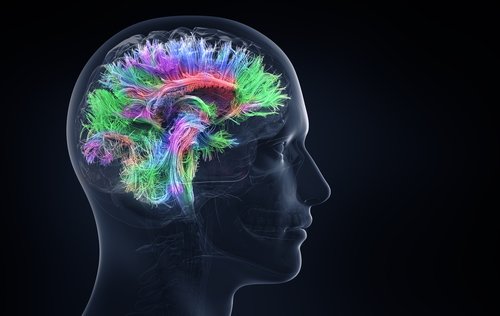Infection by Parasite Could Be Linked to Development of Alzheimer’s, Study Reports

Researchers have found a connection between an infection with the parasite Toxoplasma gondii and neurodegenerative diseases such as Alzheimer’s.
The study, “Toxoplasma Modulates Signature Pathways of Human Epilepsy, Neurodegeneration & Cancer,” was published in the journal Nature.
One of the major challenges in medicine today is finding a cure for non-contagious diseases that arise from complex interactions between genetic and environmental factors. While scientists have been trying to find a cause and cure for these diseases, they have been ignoring a major environmental factor. The parasite T. gondii infects more than two billion people, and the infection stays with them throughout their life.
Some studies have shown an association between the prevalence of T. gondii and the presence of neurological diseases such as Parkinson’s and Alzheimer’s. This prompted researchers to ask two questions: (1) What other neurological diseases might a chronic brain infection with the parasite be linked to? And (2) What brain networks does the parasite affect that could facilitate a treatment design?
To answer these questions, researchers integrated multiple levels of host-parasite interactions to create a global picture of the infection.
Their key research tool was people involved in the National Collaborative Chicago Based Congenital Toxoplasmosis Study. The study covers 246 people with congenital infections of T. gondii who have been followed since 1981.
Using information from the study, researchers identified genes that make people susceptible to developing congenital toxoplasmosis — or infection with T. gondii in the womb. They also used the data to identify biomarkers for the infection.
They also obtained transcriptomic data, or information on the RNA molecules that are transcribed from DNA, or building blocks of genes. In addition, they obtained proteomic data. That is information on the proteins created by brain cells that are infected by the parasite.
RNA are intermediary molecules between DNA and protein expression. While the main role of RNA is to code for proteins, small RNAs called microRNAs can help regulate genes as well.
Altogether, researchers obtained four data sets from the brain cells — information about genes that make people susceptible to developing congenital toxoplasmosis, biomarkers, transcriptomic data and proteomic data.
The team used the data to create a global model of molecular links to the parasite-infected human brain. They used systems biology to determine the mechanisms through which a T. gondii infection can cause disease. Systems biology involves using computers to create mathematical models of complex biological systems.
Researchers used a technique called reconstruction and deconvolution to identify pathways between a toxoplasmosis infection and neurodegenerative disorders, cancer and other diseases.
They discovered high levels of RNA and protein biomarkers in both children with severe toxoplasmosis and people with neurodegenerative diseases. These included the RNA molecule, miR-124 and the protein molecules clusterin (CLU), serum amyloid P-component (APCS), and oxytocin (OXT).
The team also found that a T. gondii infection increased the risk of a person developing epilepsy. It did so by regulating the GABAergic signaling pathway, the researchers said.
They also associated the infection with an alteration in 1,178 genes. The parasite may use the alterations to control tumor growth and clearance, the team said.
“We found in primary, T. gondii-infected human neuronal stem cells these circuitries are altered in pathways of neurodegeneration, motor disease, movement disorders, epilepsy, malignancy and in odorant [smell-related] receptors,” the authors write.
“This work provides a systems roadmap to design medicines and vaccines to repair and prevent neuropathologic effects of T. gondii infection of the human brain. Further, our original template provides a novel method to integrate multiple levels of intrinsic and extrinsic factors highlighting a way to unravel complexity in brain parasitism, toxoplasmosis specifically, and other complex diseases,” they concluded.






